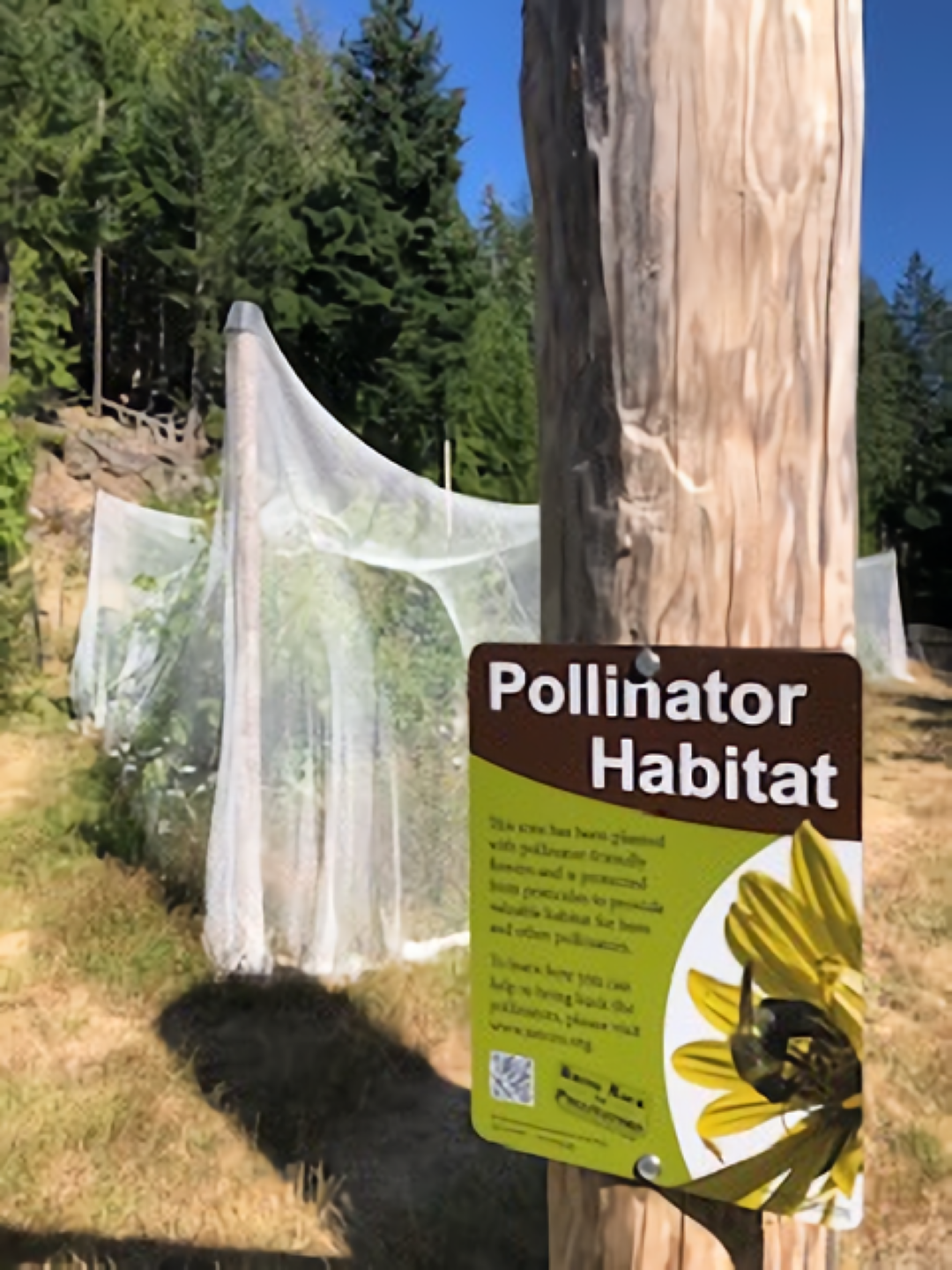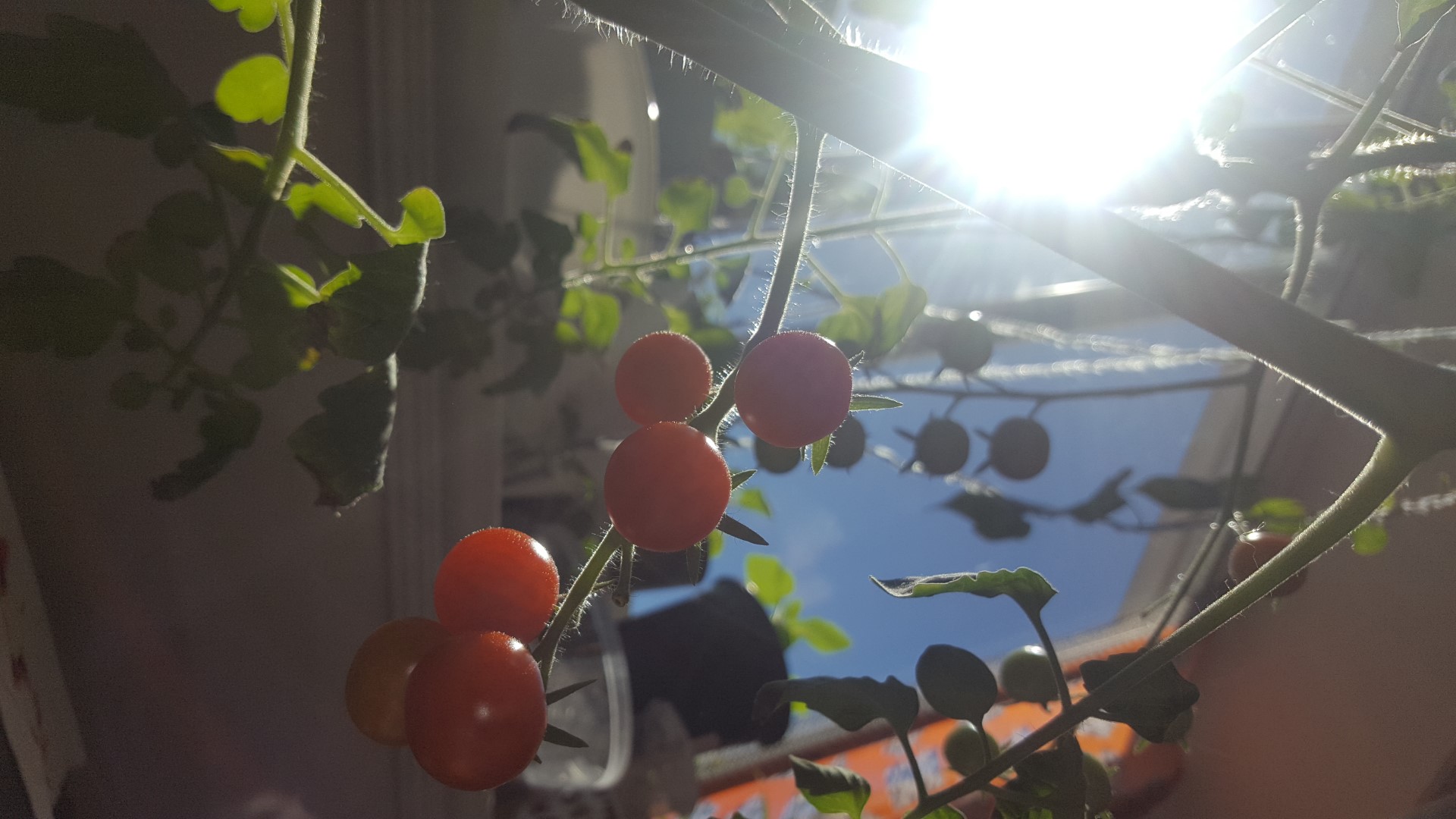
An approach to sustainability
By Morgan Hannah, Life & Style Editor
Food forests need far less maintenance to sustain themselves than traditional garden rows because of the intentional way everything is planted which is in an effort to mimic the wild.
Have you ever dreamed of a garden that looks after itself? One that you only need to water, maybe sprinkle a little compost on now and then—and then walk away from? Allow me to introduce you to the food forest—and no, this ain’t some radical outdoor restaurant concept, but it is just as cool.
Food forests are very precise and grown in multiple layers: from the top down is the canopy layer, then the understory, then the herbaceous layer. Next is the vining layer (basically vino). The soil surface can also be considered a layer, and finally the soil itself is a layer called the rhizosphere. They need far less maintenance to sustain themselves than traditional garden rows because of the intentional way everything is planted which is in an effort to mimic the wild. The chosen plants serve many purposes including food supply, nitrogen fixation, mulch production for soil development, and pollinator feeding.

Food forests are also an excellent way to pique people’s interest and respect for the natural world and the relationships that exist between plants, insects, birds, and other animals. They provide a chance to help a community understand the link between nutritious food and good health, and that leads to a greater understanding of how human health is linked to the environment. This, in turn, aids in educating people on how to look after the environment because of how it so obviously looks after us. An example of this is the added bonus of the food forest’s help with encouraging the livelihood and success of honeybees and other pollinators! Honeybees are very important to the reproduction of native plants and crops, and they help to pollinate approximately 75 percent of the world’s flowering plants and around 35 percent of the world’s food crops, and this includes fruits and vegetables according to The United States Department of Agriculture. And while there are other pollinators besides the bees (the list includes birds, bats, butterflies, and wind) none of them are as prolific as those sweet, fluffy honeybees.
As you might know, agriculture can have detrimental effects on environmental pollution through enteric fermentation, in other words, cow farts and soil manure management for optimizing livestock and crop health. Agriculture is oftentimes an unrealistic prospect for smaller communities because of a lack of farming space and the amount of feed required to keep the livestock. Food forests, on the other hand, provide an easy, local alternative with their main focuses being how to grow food in a more sustainable way for small communities, and how to grow more adaptable plants for climate change, and this in turn provides more local sustainability, community growth, independence, and opportunities to learn about the environment and healthful living. And no cow farts!
While the food forest might not be some radical outdoor restaurant, but it is a radical food source that supplies those kinds of restaurants with locally grown produce which provides that delicious special touch all the while doing their part to save the environment and boost the livelihood of pollinators (such as those special honeybees). So why not stop by your local food forest for a visit today!



